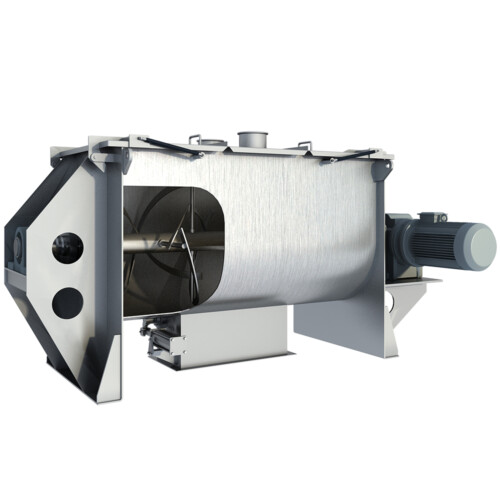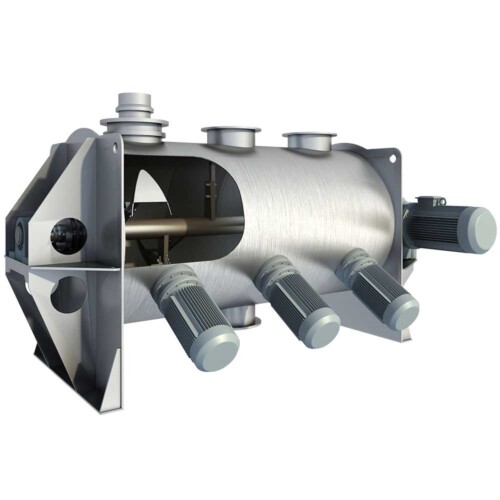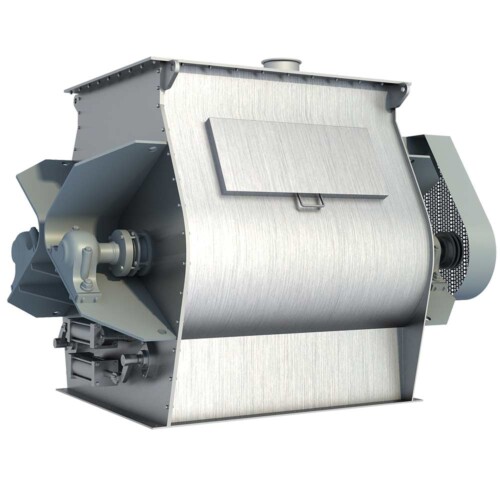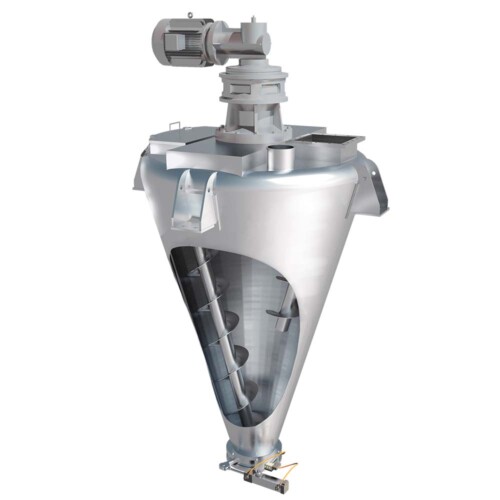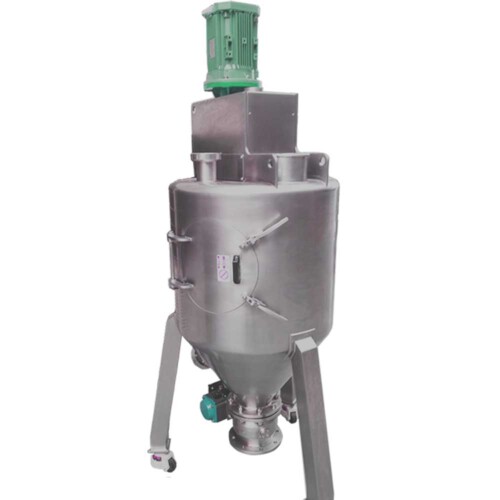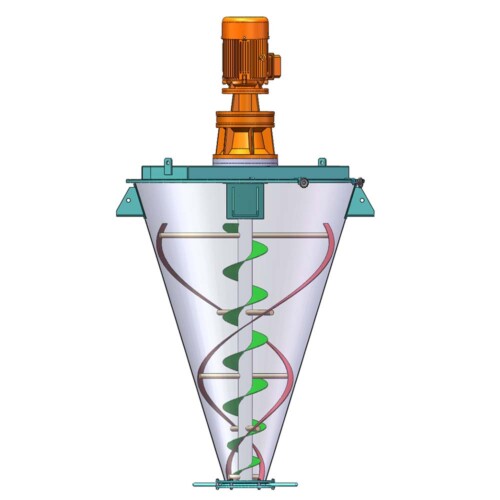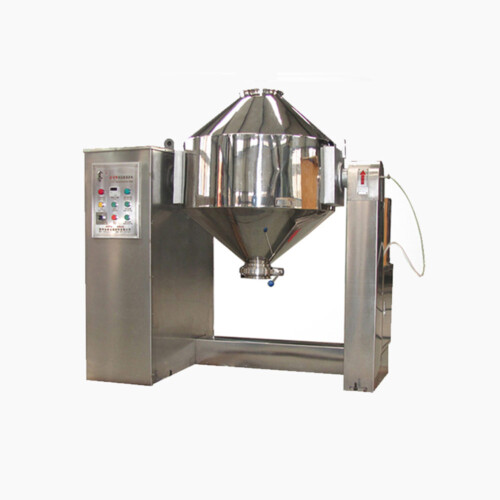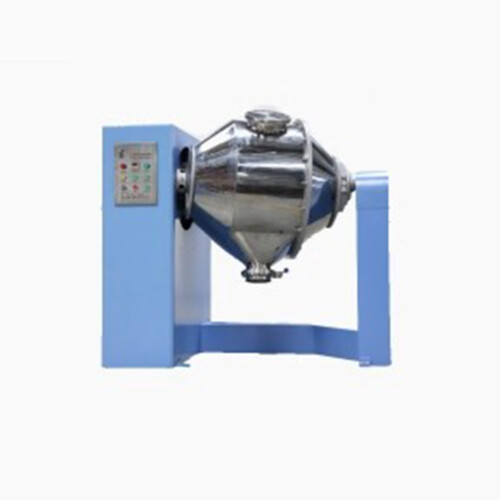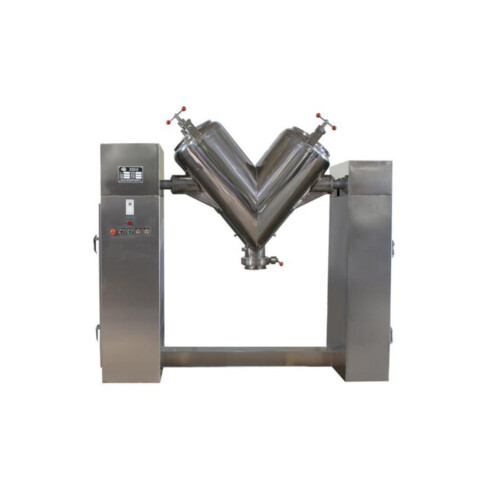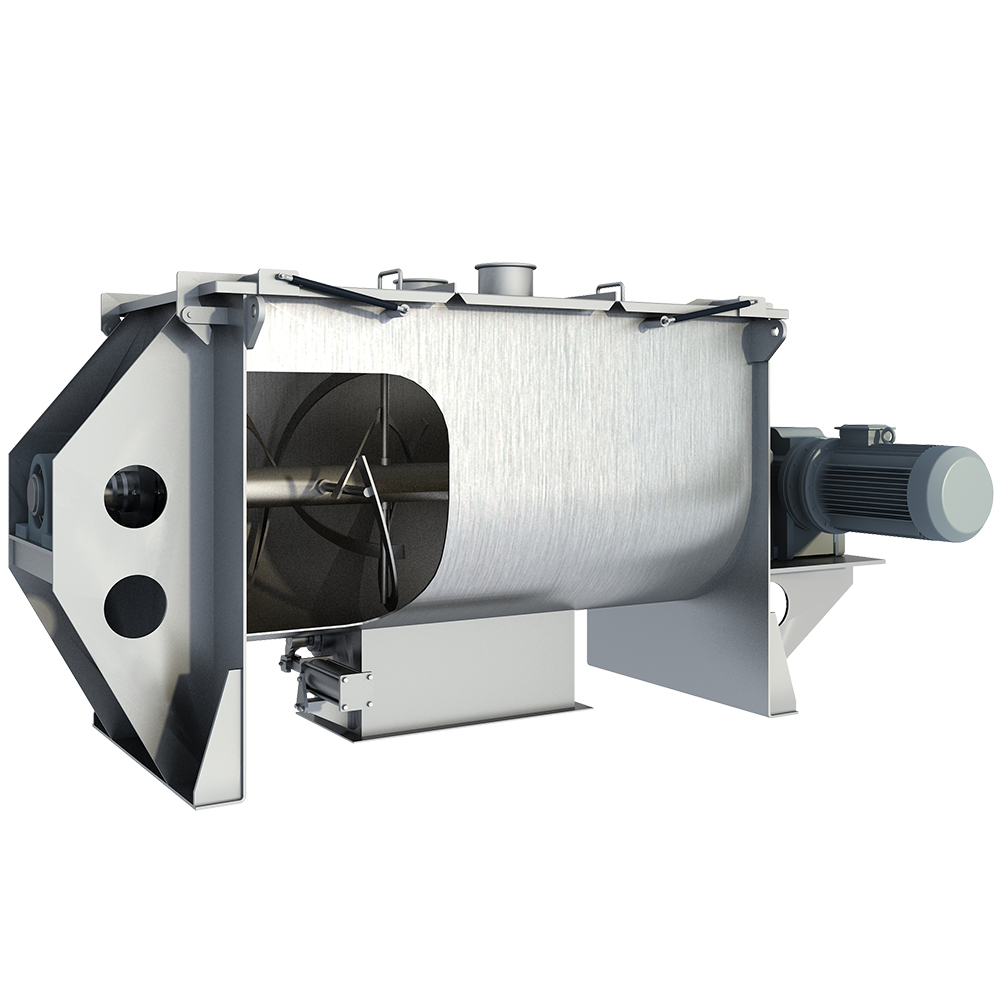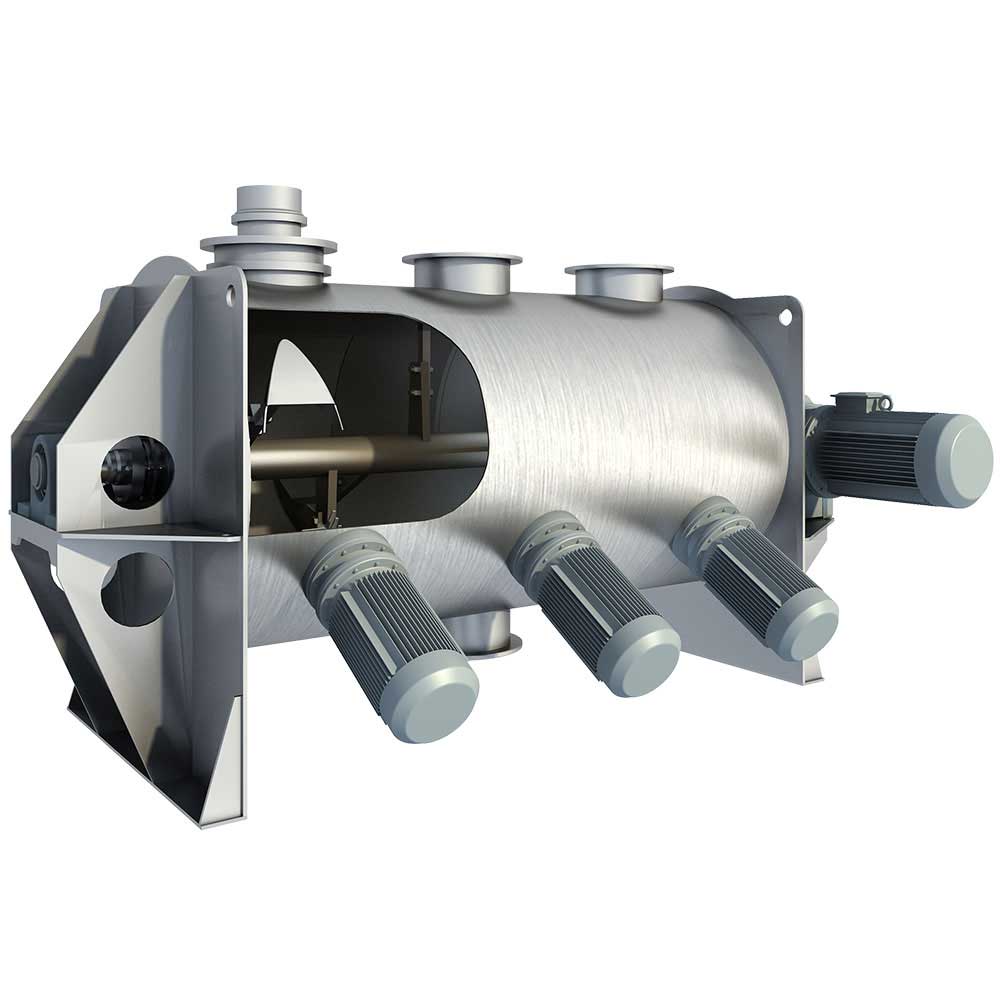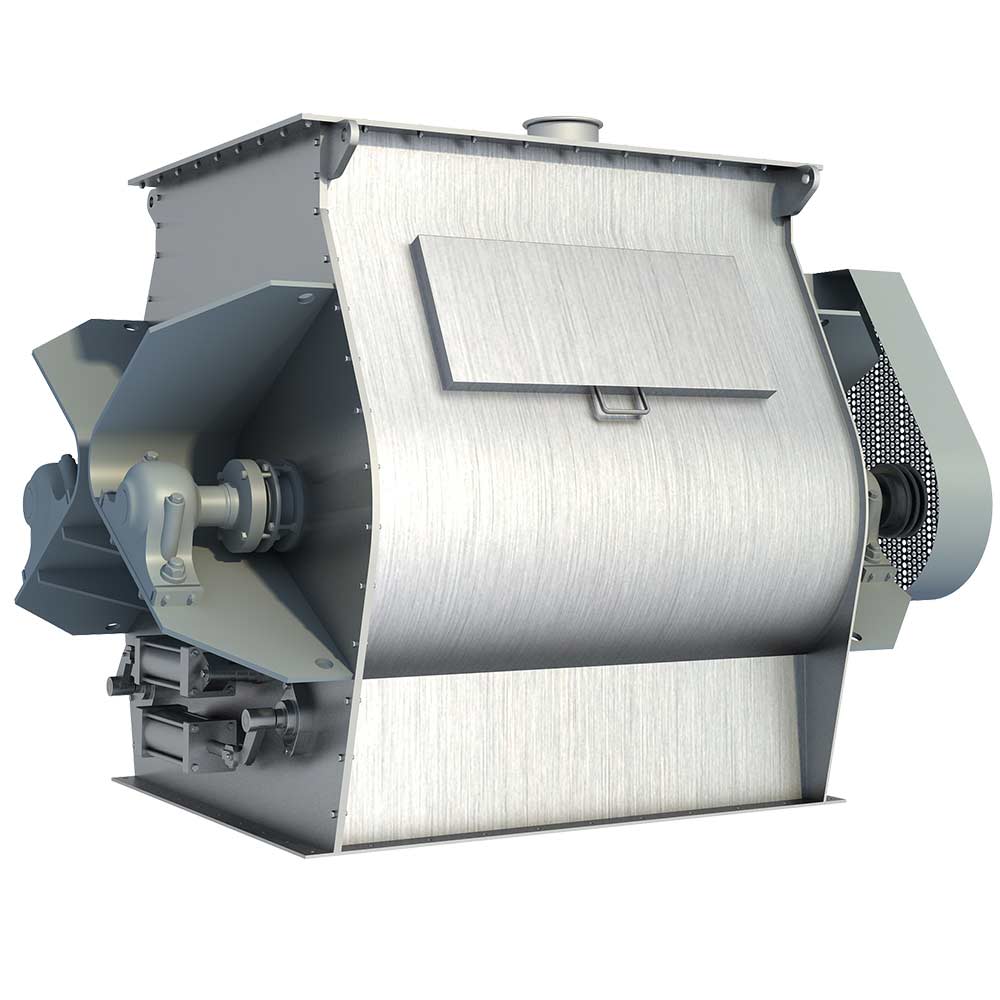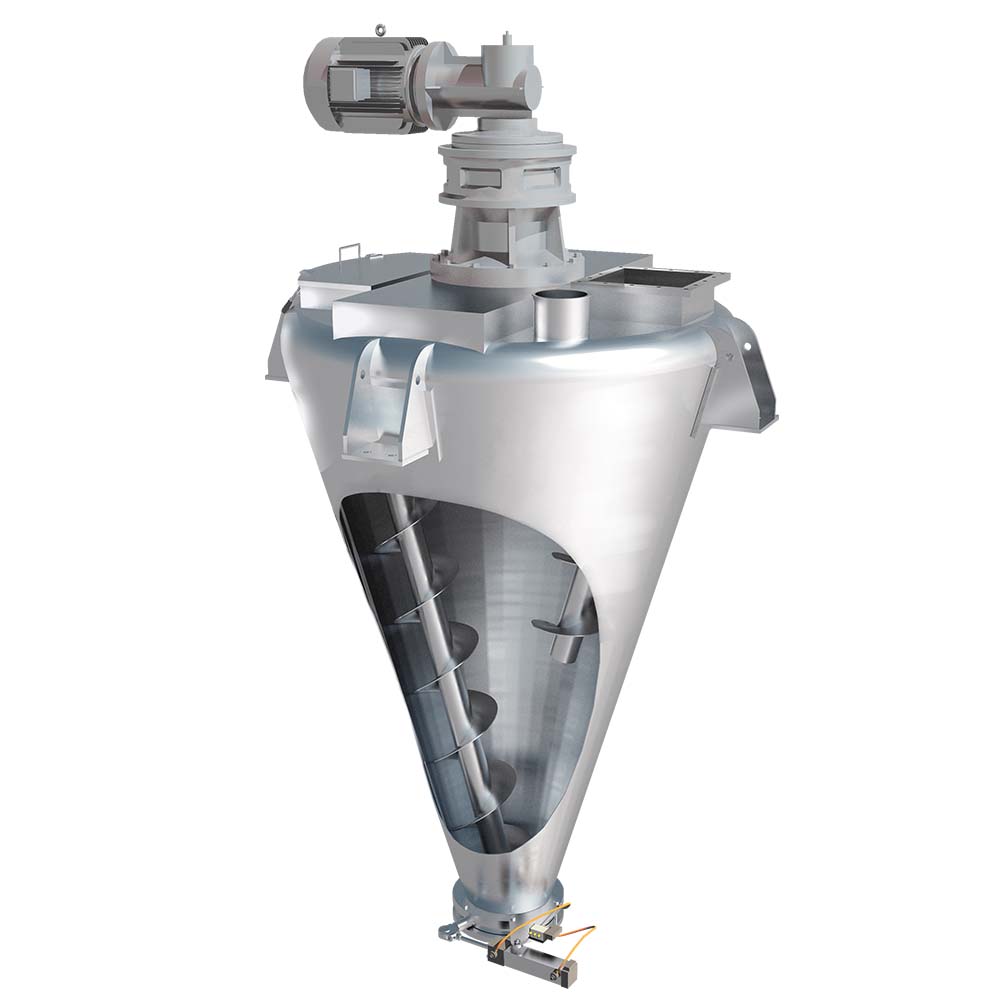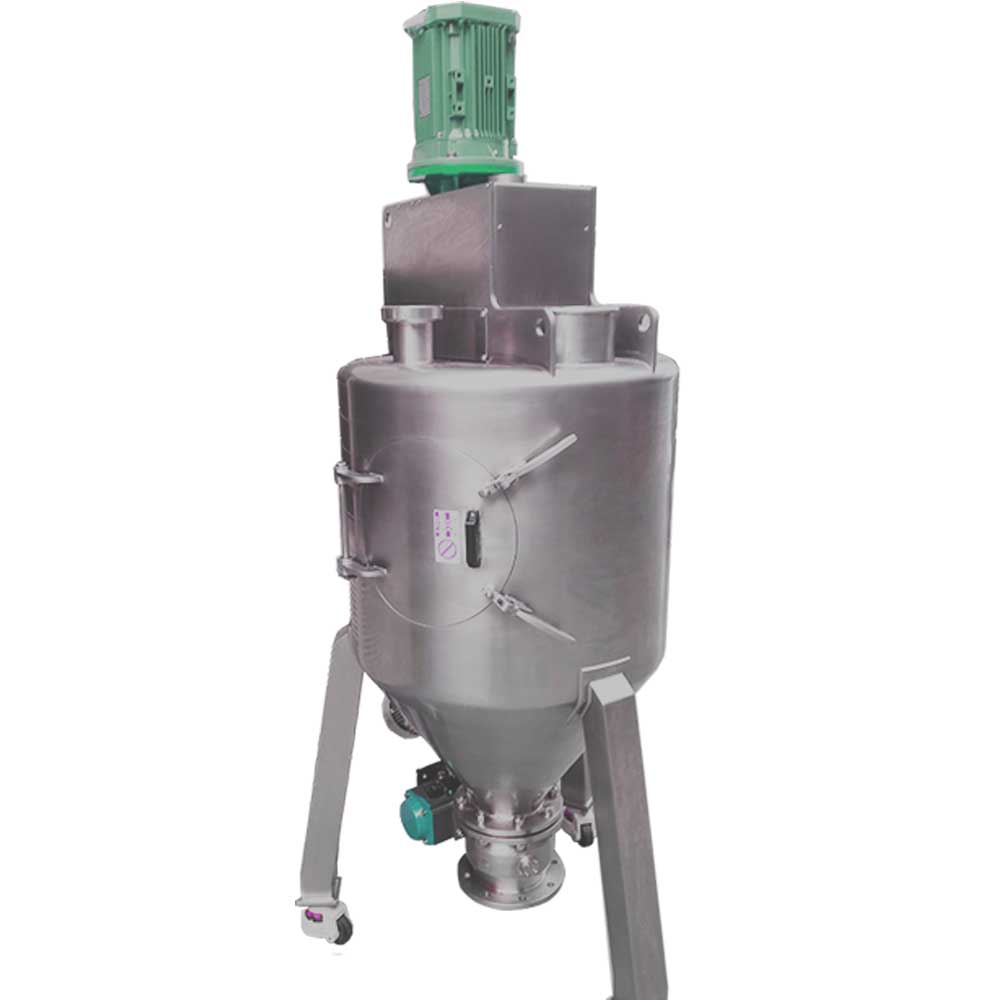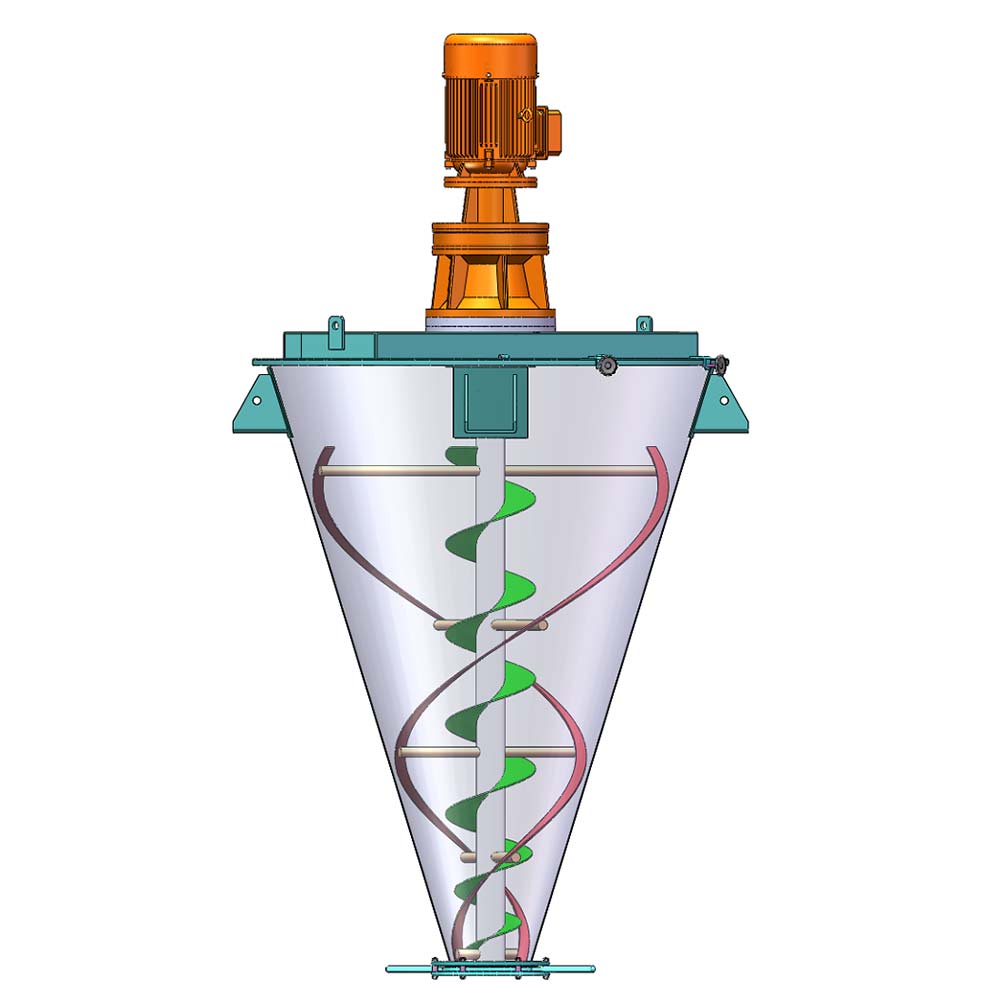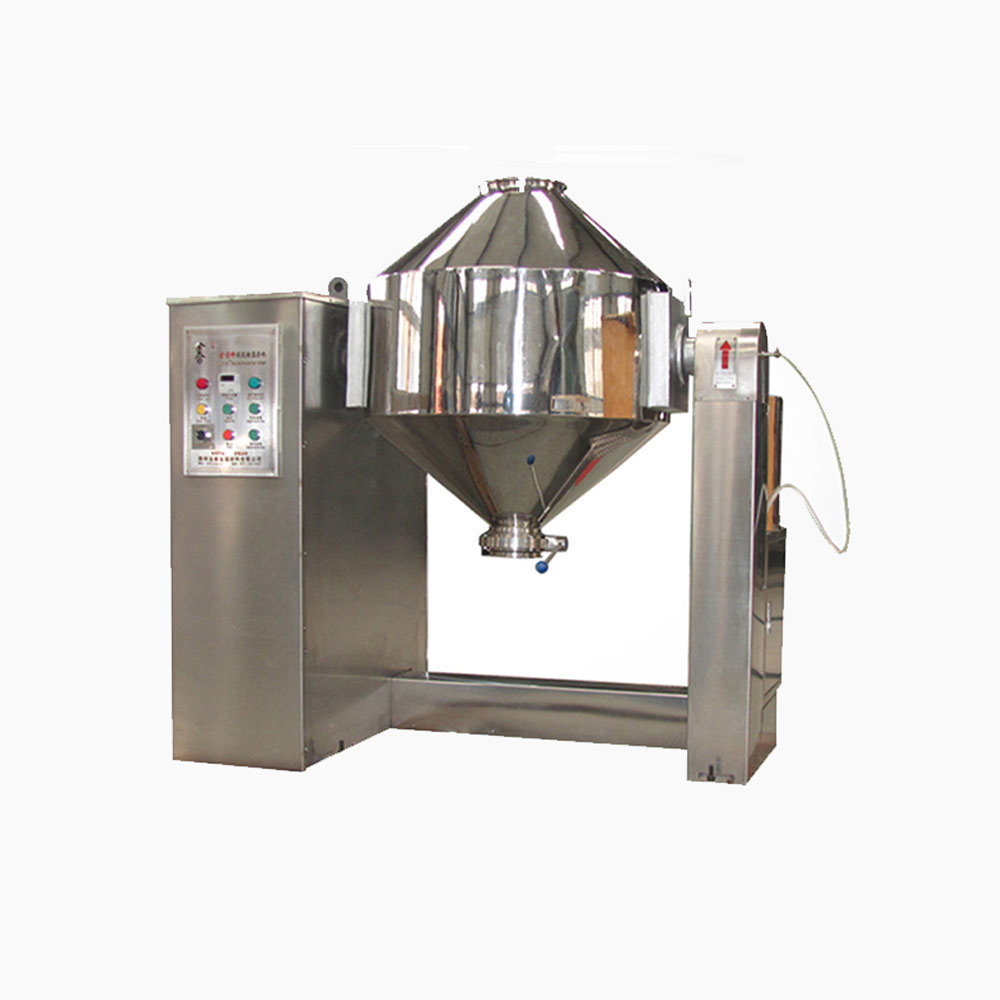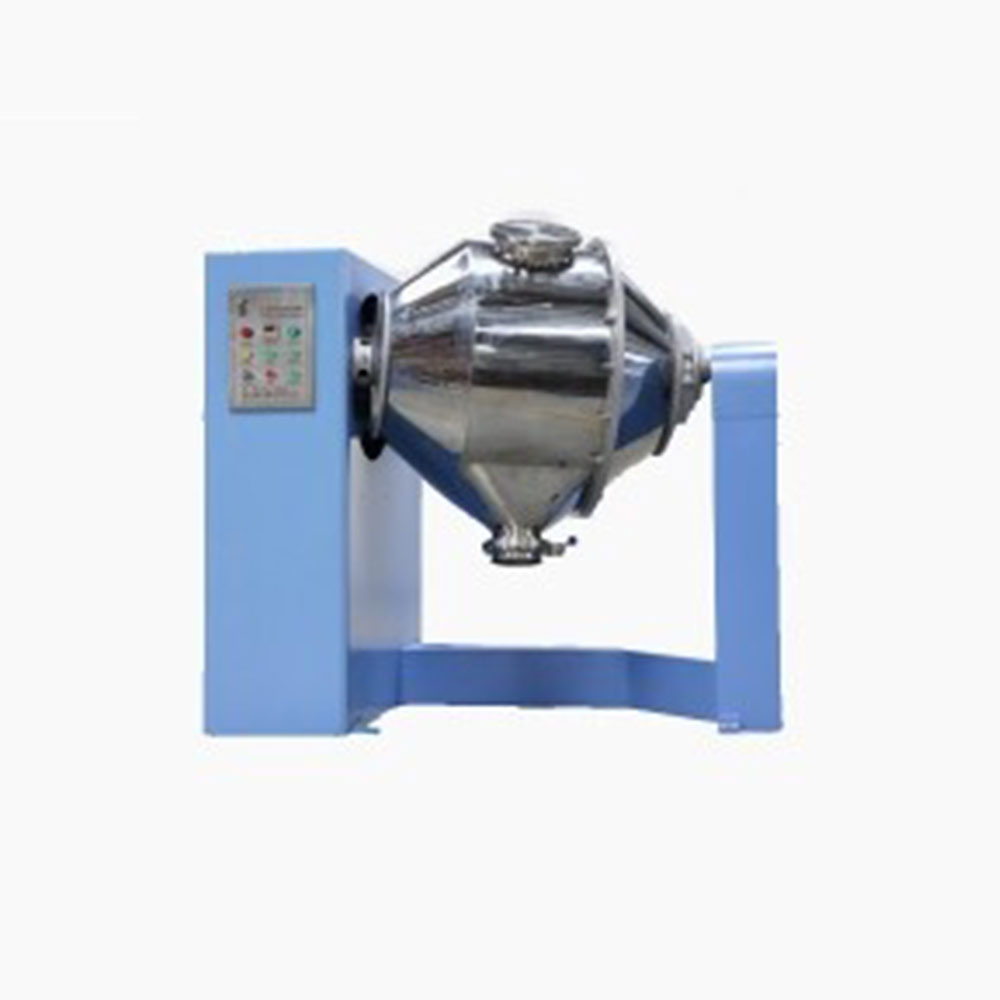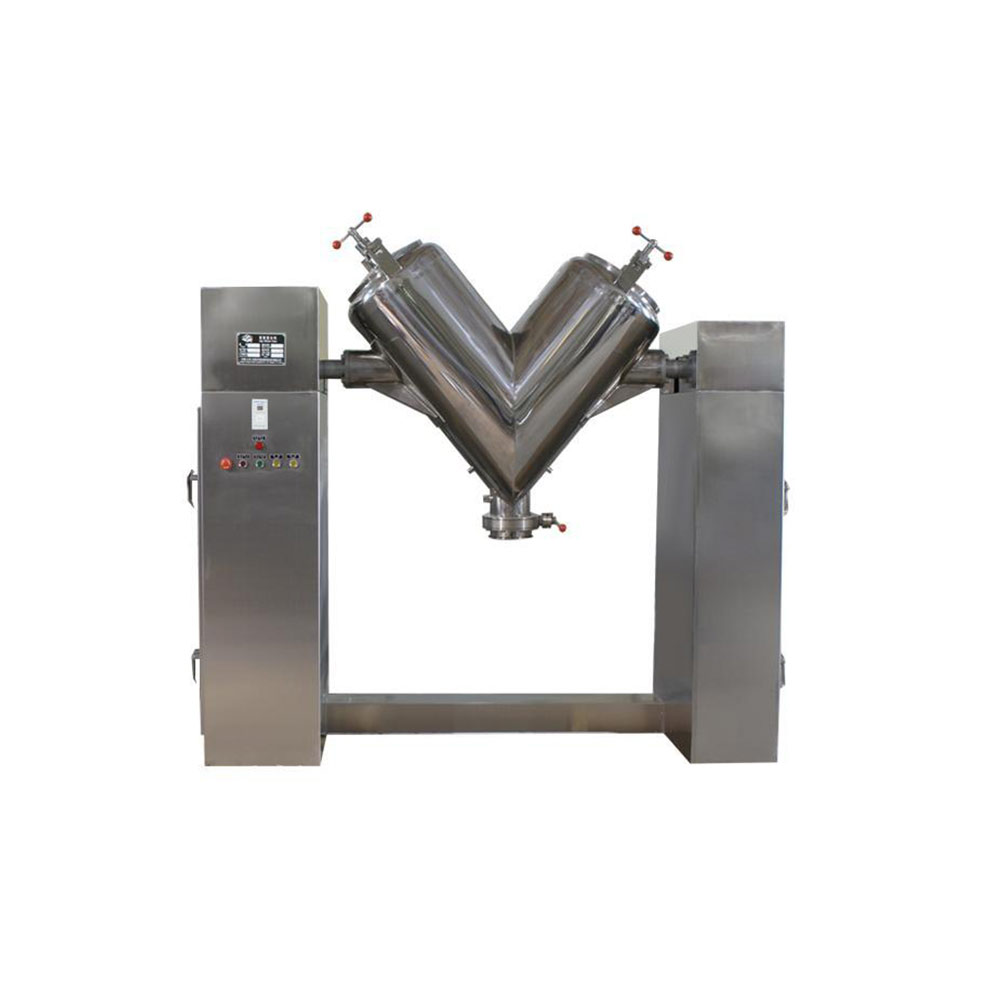Ask An Expert
Frequently Asked Questions
Yes, We can supply simple stand alone panels or automated PLC controlled systems. We normally install and test all controls on our mixers before they are shipped.
Yes, we normally test the mixers before they are shipped and mark out the wire need to connect on the control box.
We manufacture specialty mixing equipment for powder & bulk materials. Included are ribbon blender, plough mixer, conical screw mixer, twin shaft paddle mixer, V blender, double cone blender and other auxiliary equipment such as screw conveyor, quantitive auger filler.
We sell across the world, our cusotmers distribute 5 continents.
Share Us With Your Network
Mixing Powders for Powder Metallurgy Processing
The mixing, or blending, of powder feedstocks for die pressing of Powder Metallurgy parts is carried out for two reasons:
- To introduce alloying element additions in a homogeneous form
Die pressing feedstocks generally consist of elemental mixes in order to maintain as high a level of compressibility as possible. Using this approach means that the compressibility is controlled by that of the soft, annealed base powder (most commonly iron). Use of a fully pre-alloyed powder would mean that the initial particle hardness and work hardening rate would both be increased by the alloying additions and compressibility therefore reduced. - To incorporate a pressing lubricant
Popular lubricants are stearic acid, stearin, metallic stearates or other organic compound of a waxy nature. The purposes of adding the lubricant are to reduce friction (and therefore even out density variations) during compaction, to reduce ejection forces and to minimise the tendency for ejection cracking in the compact.
A homogeneous mix is generally produced from the initial constituents by a tumbling action in an appropriate mixing vessel. Mixing vessels are often of a double-cone geometry, but other vessel shapes are also utilised (V, W or Y-shaped sections).
In the special case of cemented carbide materials, mixing is carried out in a ball mill, in order to coat the individual carbide particles with the binder metal (e.g. cobalt). As the very fine powder particles involved have poor flow characteristics, the mixture is subsequently granulated to form agglomerates.

